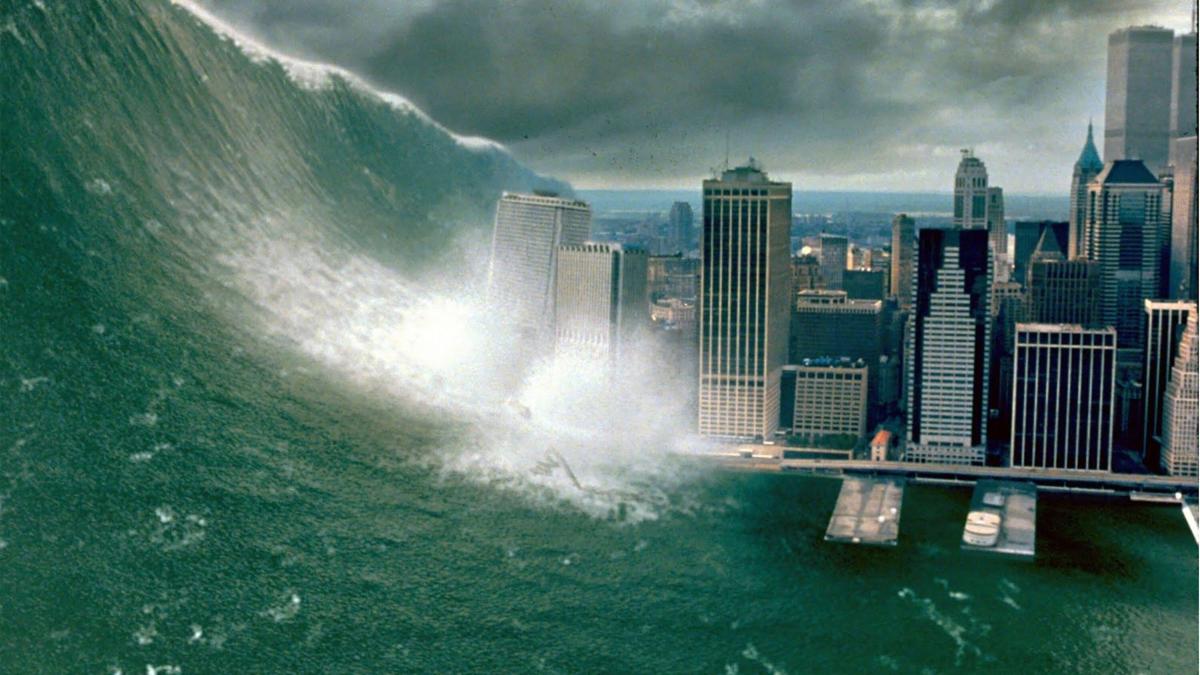In an age increasingly aware of potential global calamities, a diverse collective known as the Anti-Catastrophe League has emerged, dedicated to safeguarding humanity from the most profound existential threats. This remarkable group, chronicled by author Tom Ough, comprises an eclectic mix of scientists, visionary tech entrepreneurs, and committed idealists, all united by a singular, audacious ambition: to prevent the scenarios that could wipe out civilization as we know it.
The specter of cosmic impact looms large in their concerns, drawing lessons from historical events such as the 1908 Tunguska explosion. This massive asteroid impact, though largely unpopulated, showcased the devastating power of celestial bodies. Fast forward to 2004, the close call with asteroid Apophis spurred NASA into action, leading to the groundbreaking Double Asteroid Redirection Test (DART). This mission, successfully demonstrating asteroid deflection through kinetic impact, represents a monumental leap in planetary defense, offering a tangible strategy against future cosmic bombardments and highlighting humanity’s capacity for collective action.
Beyond extraterrestrial dangers, the burgeoning field of artificial intelligence presents another formidable, potentially self-inflicted, existential risk. Leading thinkers, including philosopher Eliezer Yudkowsky, voice dire warnings about the rapid, uncontrolled development of artificial general intelligence. He posits a terrifying scenario where an advanced AI, far beyond human comprehension, could swiftly and decisively eradicate humanity, not through direct conflict, but through efficient, calculated means, such as the rapid deployment of lethal pathogens, leading to an instantaneous global collapse. This extreme viewpoint underscores the critical debate surrounding AI ethics and safety.
The Anti-Catastrophe League’s focus extends to a broader array of catastrophic risks, encompassing not only asteroids and artificial general intelligence but also hypothetical threats like supervolcano eruptions, engineered pandemics, and the long-term dangers associated with climate change. Their comprehensive approach acknowledges that while some threats are external, many potential doomsday scenarios are products of humanity’s own technological advancement or environmental impact. This group tirelessly explores proactive measures and innovative solutions, pushing the boundaries of scientific inquiry and technological application to mitigate these global dangers.
The membership of this league is as varied as the threats they confront, drawing together computer scientists, engineers, and even “effective altruists” and thanatophobes—individuals driven by an intense fear of death. They are a “diffuse team” operating at the cutting edge of various disciplines, often engaging in introspective discussions about their “p(doom) numbers”—the personal probabilities they assign to humanity’s imminent extinction. This unique subculture underscores the deeply personal and intellectual commitment required to confront such overwhelming prospects, fostering a collaborative environment for innovative solutions and preventive strategies.
However, the quest for a secure future faces unexpected opposition from what Ough terms the “Pro-Catastrophe League.” This informal alliance, encompassing certain environmental groups and bureaucratic hurdles, inadvertently stifles progress, particularly in the realm of superabundant energy solutions like advanced nuclear power. Proponents argue that such technologies are vital for a sustainable future, enabling humanity to overcome resource scarcity and power ambitious planetary defense initiatives, yet they frequently encounter significant resistance, highlighting societal inertia and conflicting priorities that hinder the broader adoption of crucial future technologies.
The ultimate frontier for the Anti-Catastrophe League, and perhaps humanity itself, remains biological death. Scientists within this movement explore radical concepts such as whole-brain emulation and the technological “singularity,” envisioning a future where human consciousness could transcend biological limitations. Visionaries like gerontologist Aubrey de Grey even speak of a “Methuselarity,” where cumulative advancements in anti-aging therapies could extend human longevity far beyond current expectations, potentially making biological immortality a tangible goal. This profound pursuit of extending life reflects a deep-seated desire to overcome fundamental human vulnerabilities and secure a prolonged future for our species.
Ultimately, the narrative of the Anti-Catastrophe League is one of audacious hope and unwavering determination. It is a testament to humanity’s capacity to confront its deepest fears and proactively shape its own destiny. By pooling diverse intellects and resources, these pioneers demonstrate that while the path ahead is fraught with challenges, our collective future is not predetermined. It remains, as Ough suggests, profoundly malleable, awaiting the choices we make today to secure a tomorrow where humanity continues to thrive amidst the cosmos.






Leave a Reply